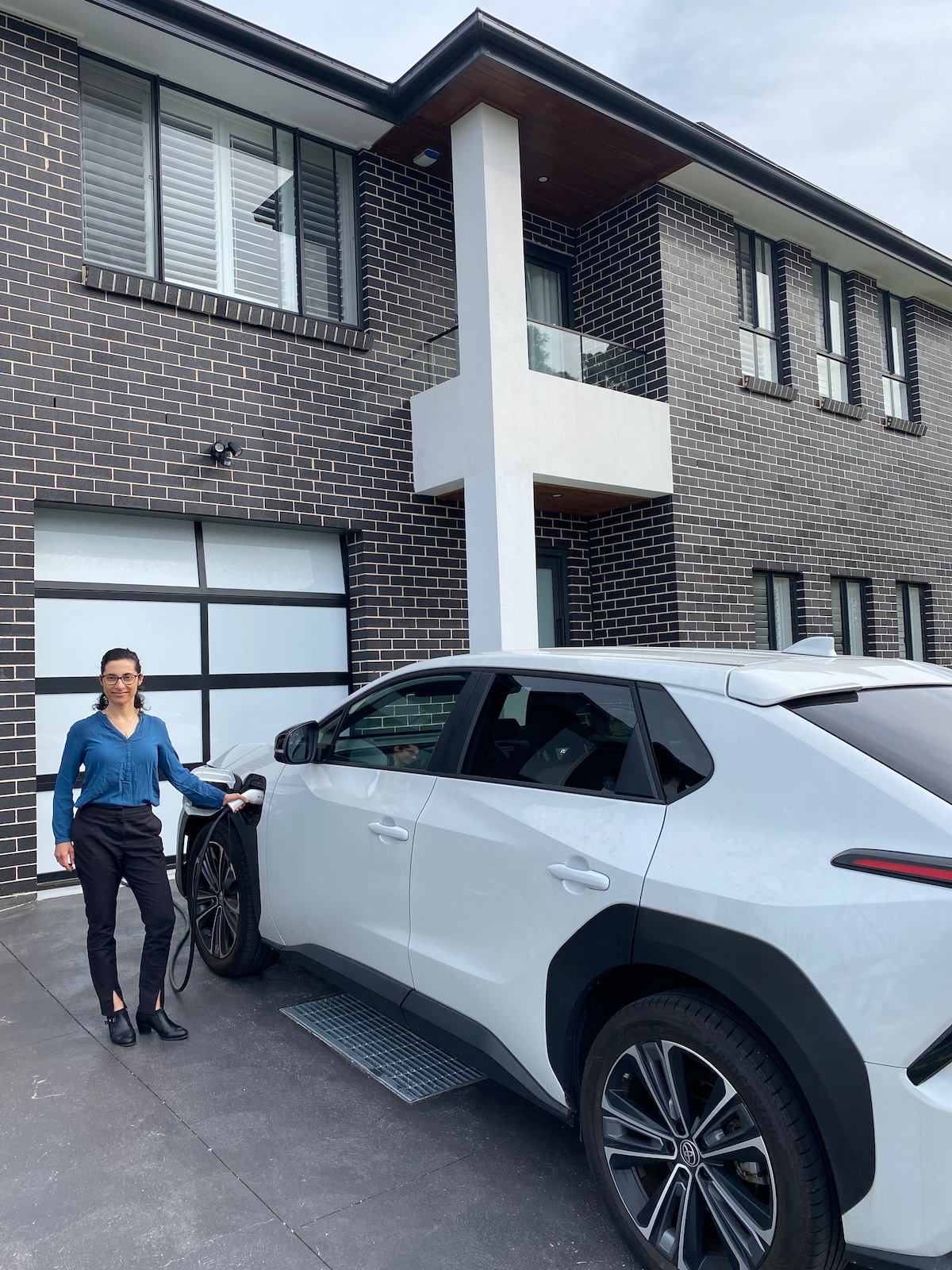AGL Electrify Now Co-Founder and Product Manager Jessica Poole has always wanted to live a sustainable lifestyle.
“I’m an advocate for electrification. Even before joining AGL, I used to work as an engineer, designing and installing commercial solar systems,” she shares.
Jessica’s role as a product manager at AGL is grounded in her passion for renewable energy and helping households transition to a low-carbon future. Day-to-day, her work helps customers find electrification upgrades that fit their situation.
So when Jessica and her husband were searching for a new home for their family of four, buying all-electric was her chance to walk the talk.



